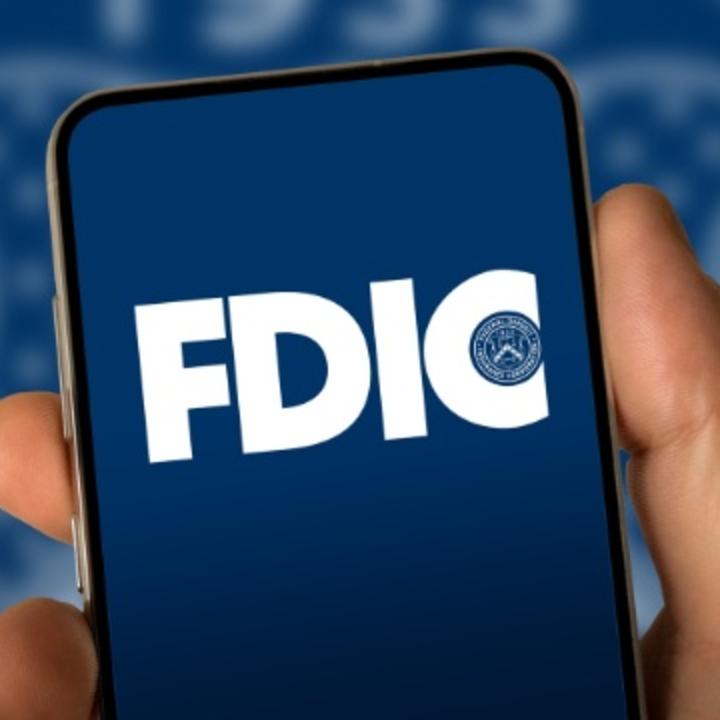
Documenting Construction Loans: Your First Line of Defense
When it comes to construction lending, documentation isn't
just paperwork; it's your strongest compliance tool. Without accurate records,
your institution is exposed to regulatory scrutiny, project risk, and financial
loss. From loan commitment through final draw, maintaining comprehensive
documentation ensures proper oversight, lien protection, and risk mitigation
every step of the way.
Start with the Essentials
A well-documented construction loan file should contain the
following core components:
- The commitment letter and construction loan agreement outline the rights, responsibilities, and disbursement terms for both the borrower and the lender.
- Builder's risk insurance and contractor affidavits: Verifying proper insurance coverage and no prior site activity is essential to secure lien priority.
- Draw requests, inspection reports, and title updates: To safeguard your lien position, each loan draw should be supported by documented progress inspections and updated title information.
- Financial statements, cash flow projections, and tax returns provide insight into the borrower's ability to complete the project and repay the loan.
Construction Loan-Specific Requirements
Residential and commercial construction loans require
additional layers of documentation:
- Construction budget, feasibility studies, project plans, and surveys offer the necessary context for evaluating risk.
- Appraisals must reflect both "as is" and "upon completion" values, including market-driven deductions for unsold inventory or optional upgrades.
- Environmental reports, engineer certifications, and government approvals ensure zoning, building codes, and environmental regulations compliance.
Managing the Draw Process
Draws should be managed in-house and only approved after
confirming that the project's progress aligns with the disbursement schedule.
Title updates are critical with each draw to verify no intervening liens. A
lender-approved inspector or officer should provide written inspection reports
filed with the credit documentation.
Establishing Lien Priority
Lenders must ensure that no construction
activity—demolition, grading, or materials delivery, has begun before the
mortgage and lien waivers are recorded to protect first lien rights. Key steps
include taking evidentiary photos and securing affidavits from the contractor.
Mechanic's lien waivers and pending disbursement clauses in title policies
further strengthen protection.
Knowing the Local Rules
Mechanic's lien laws vary by state, so consult legal counsel
and title companies familiar with your region's requirements. Your title
company should confirm that proper lien filings, affidavits, and priority
conditions are met before and during construction.
Documentation Is a Risk Control Tool
From fraud prevention to lien management, strong
documentation practices support loan servicing and serve as your institution's
first line of defense against costly mistakes. Implementing robust procedures
and training staff accordingly ensures that your construction lending program
is practical and exam-ready.
Read These Articles Next
Nichol Phillips
April 17, 2025
April 11, 2022
Tess Bower
January 4, 2022
© 2025 FINANCIAL EDUCATION & DEVELOPMENT, INC





